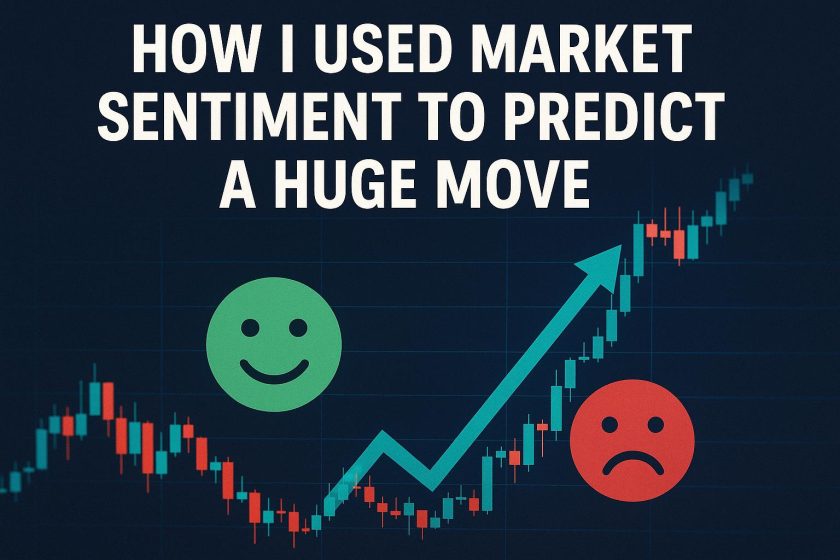Understanding Market Sentiment
Market sentiment is a crucial factor in the dynamics of financial markets, encapsulating the collective attitude and emotional state of investors towards market conditions. This prevailing sentiment, typically classified as either bullish (optimistic) or bearish (pessimistic), significantly influences trading behaviors and price movements. Understanding shifts in market sentiment can thus provide investors with strategic insights and a potential edge in navigating the complexities of investment decision-making.
The Role of Sentiment Analysis
The core objective of sentiment analysis is to evaluate the emotional tones and opinions expressed by investors and stakeholders. This is achieved by rigorously examining data from diverse sources, which range from traditional media outlets like newspapers and financial journals to modern channels such as social media platforms and varied financial reports. This form of analysis empowers investors to understand and predict market trends by highlighting the crucial role emotions such as fear, greed, and exuberance play in distorting market prices away from intrinsic values.
Sources of Sentiment Data
Gathering and interpreting sentiment data involves delving into several key sources:
Social Media Trends: With the proliferation of platforms like Twitter, Reddit, and others, real-time sentiment tracking has become feasible. These platforms serve as a vast reservoir of investor sentiment, with individuals expressing their views openly, allowing for the aggregation of public opinion that could suggest future market movements.
Investor Surveys and Reports: Regular surveys and comprehensive reports produced by various financial organizations aim to capture the current mood within the investment ecosystem. These tools provide quantitative metrics that reflect the collective sentiment and are often used to benchmark investor confidence levels.
Using Sentiment to Predict Market Movements
Utilizing sentiment analysis in isolation may yield insights; however, the real potency emerges when combined with other investment analysis techniques. Here are some strategies on how sentiment can be effectively harnessed:
Divergence Signals: One intriguing aspect of sentiment analysis is the observation of divergences between price movements and sentiment indicators. A classic divergence may involve a scenario where market prices continue to climb while sentiment begins to wane. Such discrepancies often serve as precursors to trend reversals, offering alert investors an opportunity to reposition their strategies accordingly.
Volume Analysis: The confluence of sentiment shifts and trading volume provides another layer of analytical complexity. When a marked change in sentiment is coupled with significant increases in trading volume, it suggests robust investor conviction and could signal significant market moves. This confirmation through volume can bolster the reliability of sentiment-based forecasts.
Case Study: Predicting a Market Upsurge
Consider a scenario where an in-depth analysis of a security revealed imminent upward movement. Several sentiment indicators pointed towards this direction. A surge in positive news coverage across varied and reputable media outlets was paralleled by a noticeable increase in optimistic discussions within social media circles. Together, these indicators reflected growing investor confidence. However, the actual price of the security experienced a temporary plateau, demonstrating a noticeable sentiment-price divergence. This situation presented an archetypical example of how sentiment analysis, when rightly interpreted, could offer foresight into future price performance. Accurately predicting these movements provided a potential advantage to investors who acted upon these insights.
In sum, sentiment analysis constitutes a formidable tool for investors aiming to predict market dynamics more accurately. Investors who grasp the psychological underpinnings and behavioral drivers behind market sentiment are better positioned to anticipate significant market shifts. Those seeking to advance their analytical prowess in investment strategies can access a wealth of resources that delve into sentiment analysis. For a more comprehensive introduction to sentiment analysis methodologies, consider exploring relevant educational materials designed to enhance your analytical capabilities in financial markets.


